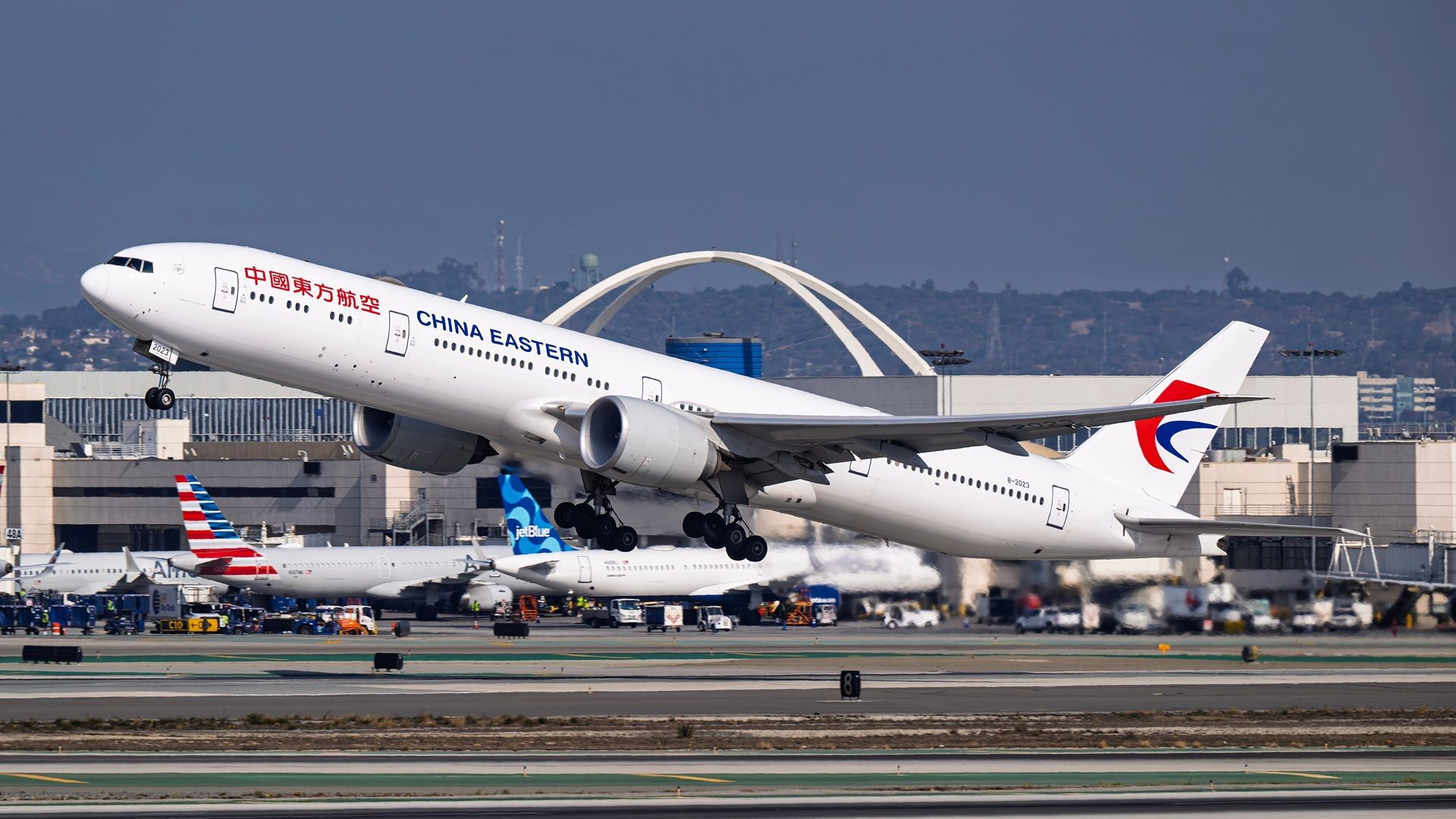The US Government is considering a ban on Chinese airlines that utilize Russian airspace for routes to and from the United States. This proposal, stemming from the Trump administration, argues that US carriers are at a competitive disadvantage. US airlines are currently unable to fly over Russia due to sanctions related to the ongoing conflict in Ukraine, resulting in longer flights and higher operating costs. The Department of Transportation has noted substantial adverse competitive effects on US air carriers, prompting this regulatory suggestion.
Overview of Chinese Airlines Serving US Routes
An analysis of current flight schedules reveals the primary Chinese airlines operating in the US market. According to data from Cirium, a leading aviation analytics firm, Air China leads with the highest number of flights and available seats on US routes. This month, the airline offers 124 flights and approximately 41,912 seats, translating to an average of two round trips daily. Notably, Air China’s operations encompass five routes, predominantly from Beijing (PEK), with the exception of one service from Shenzhen (SZX) to Los Angeles (LAX) using the Boeing 777.
Among the Beijing routes, flights to Washington (IAD) and New York (JFK) utilize the Boeing 747, while services to LAX and San Francisco (SFO) are operated with the Boeing 777. Notably, the routes from Beijing and Shenzhen to LAX are among those that overfly Russian territory.
Other Major Chinese Airlines and Their US Operations
Two additional carriers, China Eastern Airlines and China Southern Airlines, also operate multiple flights to the United States. In October 2025, China Eastern is scheduled to conduct 105 flights (52 outbound and 53 inbound), with all routes originating from Shanghai. The airline flies daily to LAX using the Boeing 777-300ER and operates additional flights to JFK and SFO, with the latter two routes also overflying Russia.
Meanwhile, China Southern has scheduled a total of 88 flights this month, translating to 44 round trips. The airline’s main route connects Guangzhou with LAX, operating 22 times each way. It also employs the Boeing 777-300ER for flights to JFK and SFO, as well as from Wuhan to SFO.
On the lower-frequency end, Xiamen Airlines operates two routes to the US, both of which do not overfly Russia. These flights utilize the Boeing 787-9, with three weekly rotations from Xiamen (XMN) to LAX and two from Fuzhou (FOX) to JFK. Hainan Airlines offers a thrice-weekly service from Beijing to Boston (BOS) using the Boeing 787-9, although it does not provide a direct return flight to Beijing. Instead, it routes through Brussels. The airline also flies weekly from Haikou (HAK) to Seattle (SEA) and has two direct flights a week from Beijing to Seattle.
Completing the roster, Sichuan Airlines operates just one route to the US, connecting Chengdu (TFU) to LAX with 13 outbound and 9 inbound services scheduled this month, utilizing Airbus A350 aircraft.
The potential ban on airlines overflying Russia raises important questions about the competitive landscape of international air travel and could prompt significant changes in flight operations. As the situation develops, stakeholders within the aviation industry will be closely monitoring these changes and their implications for both carriers and travelers.
